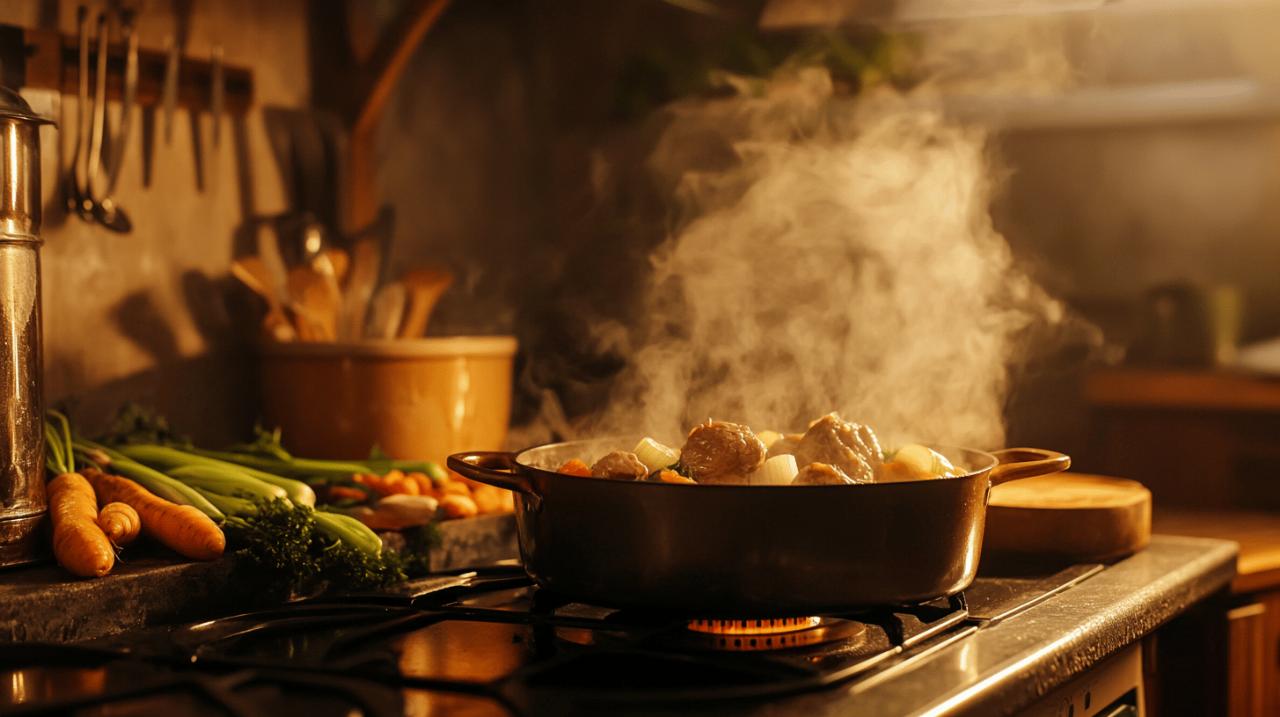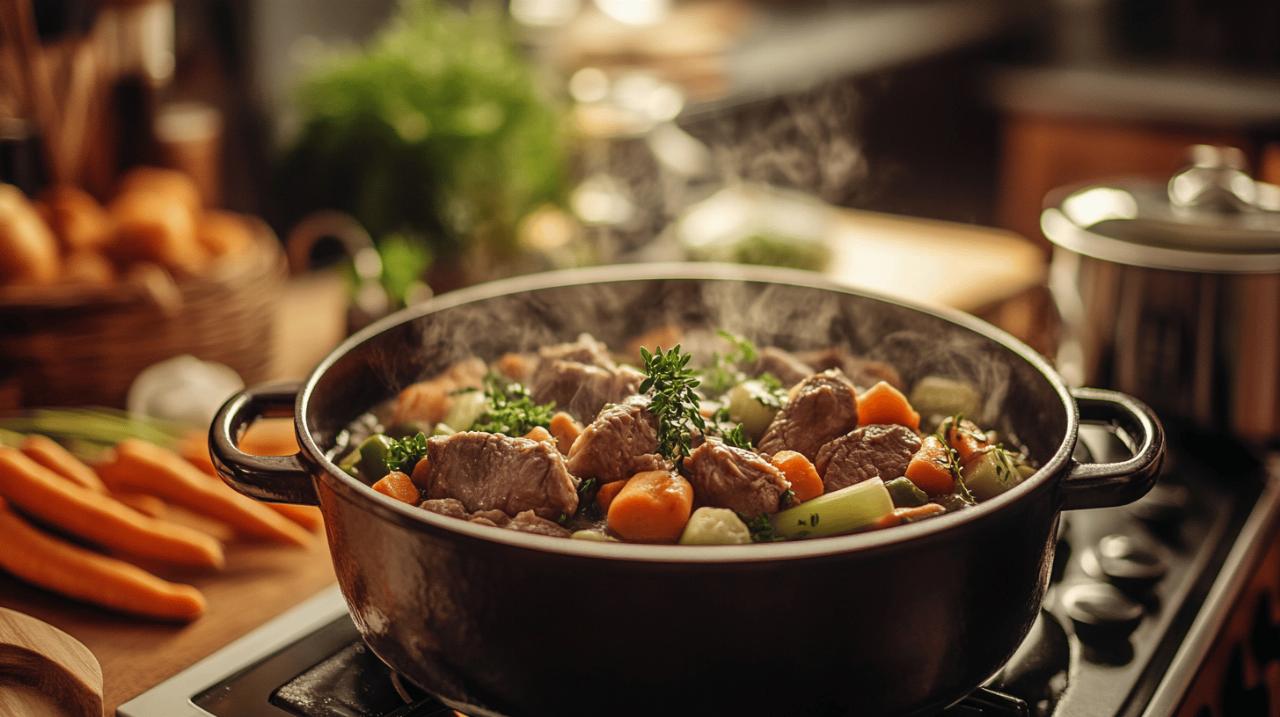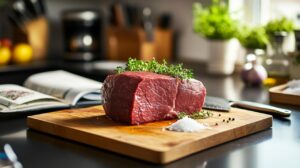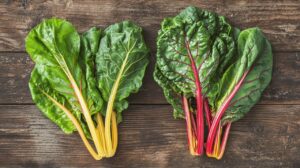Mastering Tender Meat in a Pot-au-Feu: Traditional Methods for Melt-in-Your-Mouth Beef
Achieving that perfect tender texture in a pot-au-feu requires more than simply tossing ingredients into a pot and hoping for the best. This classic French dish, translating to 'pot in the fire', demands patience, attention to detail, and a thorough understanding of how time and temperature transform tougher cuts of beef into something truly magnificent. Originally a working-class staple designed to make the most of affordable meat, this slow-simmered dish has evolved into a celebrated example of French comfort food, offering both a deeply flavoured clear broth and a sumptuous serving of meat and vegetables.
Selecting and Preparing the Perfect Cuts for Your Pot-au-Feu
Identifying the Best Beef Cuts for Slow Braising
The foundation of a successful pot-au-feu lies in choosing cuts of beef that truly benefit from the long, gentle cooking process. Shin of beef, chuck steak, beef cheek, oxtail, and brisket are all excellent choices because they contain ample connective tissue that breaks down over hours of simmering, transforming into gelatine that enriches the broth and ensures the meat becomes wonderfully tender. Short ribs and shanks are also cracking selections, providing both flavour and that sought-after melt-in-your-mouth quality. These cuts, though often overlooked in faster cooking methods, shine when given the time they need. Marrow bones are another essential component, adding a depth of flavour that elevates the entire dish. Salt the bones before adding them to the pot, and introduce them about forty-five minutes before the end of cooking to maximise their contribution to the broth.
Proper Trimming and Portioning Techniques for Optimal Results
Before the meat even touches the pot, proper preparation is crucial. Give each piece a thorough trim, removing any excessive amounts of fat while leaving a modest amount intact, as this contributes to the overall richness of the broth without making it greasy. Cut the beef into generous, fist-sized chunks, which helps the meat retain its moisture and succulence throughout the extended cooking time. Some cooks recommend using kitchen string to tie the beef pieces, a technique that makes it far easier to remove them from the broth later without the meat falling apart. This simple step not only aids in presentation but also ensures that each portion remains intact when it comes time to serve your guests.
The Art of Searing and Building a Flavourful Foundation
Why Proper Browning is Essential for Depth of Flavour
Skipping the searing stage is a mistake that many home cooks make, yet this step is absolutely vital for developing the deep, complex flavours that distinguish a truly outstanding pot-au-feu. Heat your pot until it is properly hot, then add a generous glug of oil before placing the beef in batches. Overcrowding the pot will cause the meat to steam rather than caramelise, robbing you of that lovely browned exterior that adds an extra dimension to the finished dish. Take your time with this process, ensuring each piece achieves a rich, golden-brown colour on all sides before setting it aside. The caramelised bits that stick to the bottom of the pot, known as fond, will further enrich the broth as it simmers, creating layers of flavour that simply cannot be replicated through shortcuts.
Creating a Robust Vegetable and Herb Base
Once the beef has been browned and set aside, turn your attention to building a flavour base that will underpin the entire dish. In the same pot, sweat your aromatic vegetables such as onions, carrots, and celery until they soften and begin to release their natural sugars. This process, often referred to as sweating, creates a foundation that is absolutely belting, infusing the broth with a sweetness and complexity that balances the richness of the beef. Add your herbs at this stage as well, including thyme, bay leaves, and parsley stalks, which will perfume the broth with their fragrant oils. Pour in a good amount of beef stock, or water if you prefer, ensuring there is enough liquid to submerge the meat completely. This aromatic base is the backbone of your pot-au-feu, so do not rush this step.
The low and slow cooking method: patience yields perfection
Maintaining the Ideal Gentle Simmer for Hours
 The secret to achieving tender meat in a pot-au-feu lies in the cooking method itself, which is fundamentally different from quicker braises or stews. Start your pot-au-feu with cold water, a technique that sets it apart from dishes like beef bourguignon, and bring the liquid to a gentle simmer before reducing the heat right down. The key is patience, as the meat requires at least three hours of cooking, though many recipes suggest aiming for six hours or even longer to truly unlock the tenderness that makes this dish so special. Throughout the cooking process, check the pot regularly to ensure the liquid maintains a very low simmer, with only the occasional bubble breaking the surface. A rolling boil will toughen the meat and cloud the broth, so resist the temptation to increase the heat. The meat is ready when it is fork-tender, practically falling apart at the slightest pressure, a sign that the connective tissue has fully broken down into silky gelatine.
The secret to achieving tender meat in a pot-au-feu lies in the cooking method itself, which is fundamentally different from quicker braises or stews. Start your pot-au-feu with cold water, a technique that sets it apart from dishes like beef bourguignon, and bring the liquid to a gentle simmer before reducing the heat right down. The key is patience, as the meat requires at least three hours of cooking, though many recipes suggest aiming for six hours or even longer to truly unlock the tenderness that makes this dish so special. Throughout the cooking process, check the pot regularly to ensure the liquid maintains a very low simmer, with only the occasional bubble breaking the surface. A rolling boil will toughen the meat and cloud the broth, so resist the temptation to increase the heat. The meat is ready when it is fork-tender, practically falling apart at the slightest pressure, a sign that the connective tissue has fully broken down into silky gelatine.
Timing your vegetables to avoid overcooking
While the beef requires several hours of cooking, the vegetables that accompany it demand a different approach to prevent them from turning to mush. Add your root vegetables, such as potatoes, turnips, and parsnips, about an hour before you plan to serve the dish. Leeks, celery, and additional carrots can also be introduced at this stage, though you may have already included some of these aromatics earlier to build the flavour base. Historically, parsnips were favoured over potatoes, though both work wonderfully depending on your preference. Cabbage, if you choose to include it, should be added even later to preserve its texture and vibrant colour. This staggered approach ensures that each component is cooked to perfection, with the vegetables tender but not disintegrating, providing a pleasing contrast to the melt-in-your-mouth beef.
Finishing and serving your traditional pot-au-feu
Adjusting seasoning and final broth enhancements
Once the beef has reached that ideal tender state and the vegetables are cooked through, it is time to turn your attention to the final adjustments that will elevate your pot-au-feu from good to truly exceptional. Give the broth a careful taste, adding a pinch of salt and a grind of pepper as needed to bring all the flavours into balance. Some cooks choose to strain the broth to remove any impurities, resulting in a crystal-clear liquid that showcases the purity of the ingredients. Others prefer a more rustic approach, leaving the broth as is to preserve every bit of flavour. Either way, the broth should be rich and deeply savoury, a testament to the hours of patient simmering. If you have used marrow bones, carefully extract the marrow and set it aside to serve alongside the dish, as this luxurious element is a traditional highlight of the meal.
Traditional accompaniments and presentation tips
Serving a pot-au-feu is an experience in itself, traditionally presented as a two-course meal that allows diners to savour every element. Begin by serving the broth first, ladled into warmed bowls and accompanied by toasted baguette slices spread with the extracted beef marrow. Cornichons, horseradish sauce, and mustard should be offered on the side, providing sharp, tangy contrasts to the rich broth. For the second course, arrange the tender beef and vegetables on a large platter, allowing guests to help themselves. A mustard vinaigrette, made by whisking together one tablespoon of vinegar, two tablespoons of oil, salt, and a generous spoonful of mustard, adds a delightful sharpness that complements the meat beautifully. Fresh parsley or dill can be stirred into the vinaigrette for an extra layer of flavour. Pickles and additional mustard should remain on the table throughout the meal. Any leftovers can be transformed into a magnificent sandwich, ensuring that not a single morsel of your hard work goes to waste.










